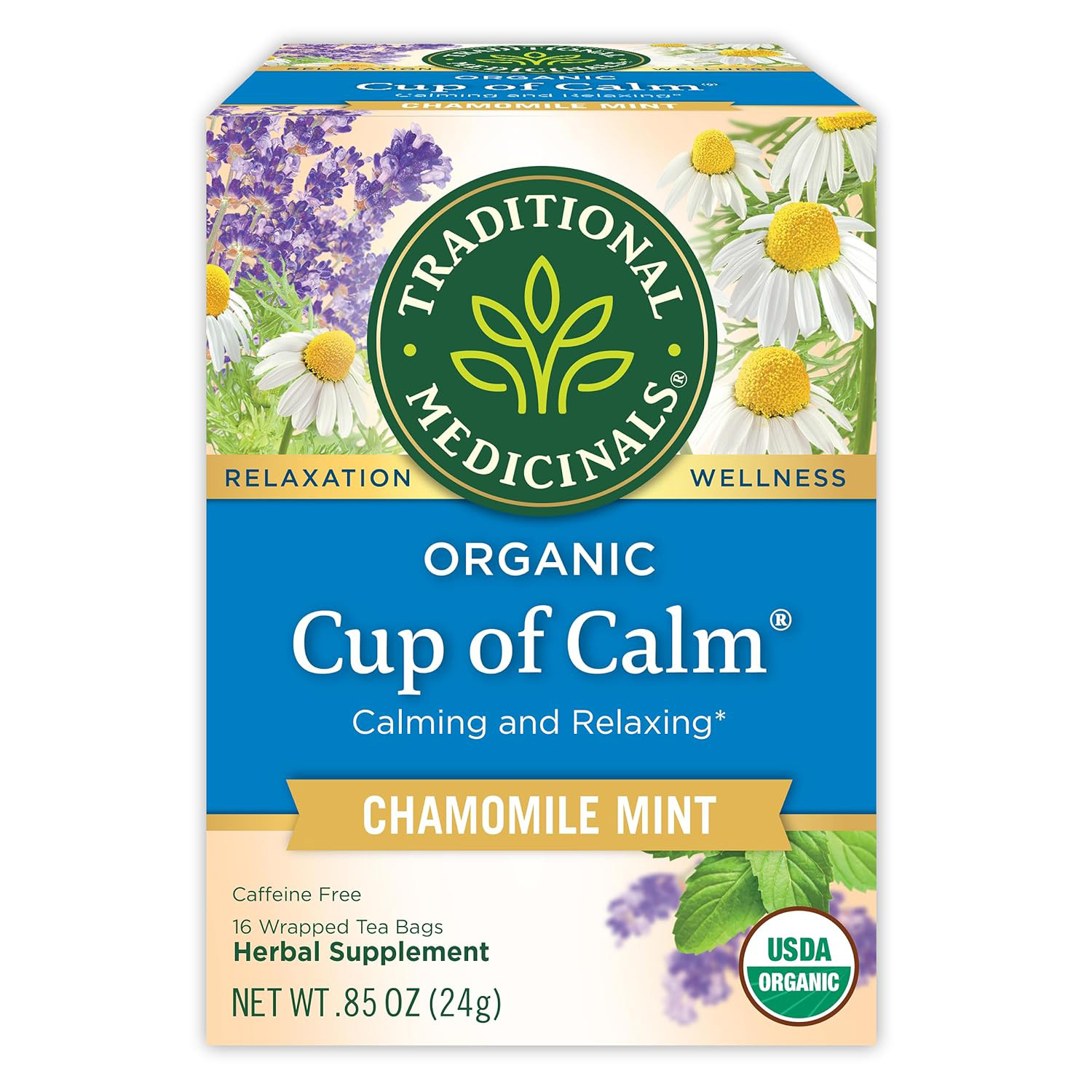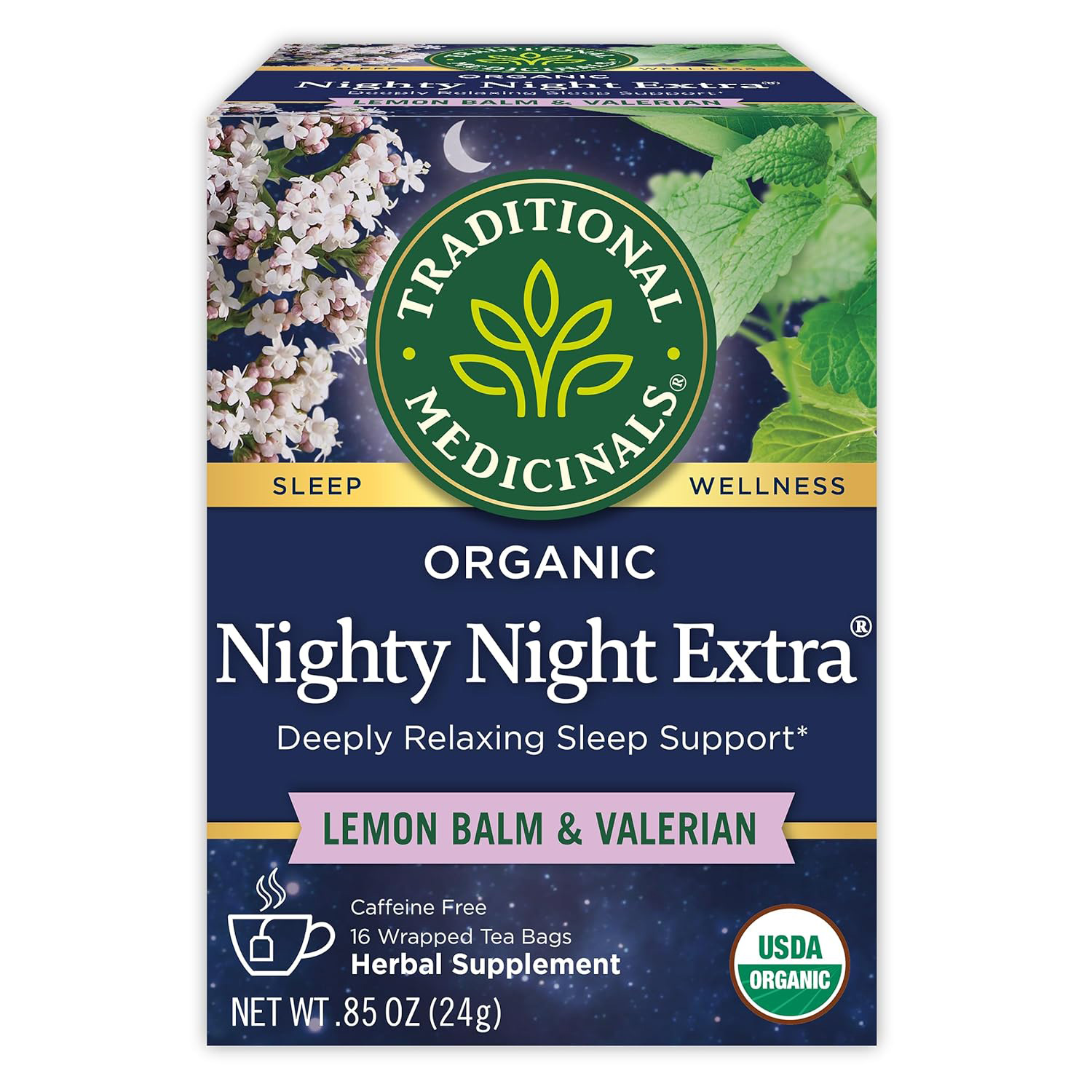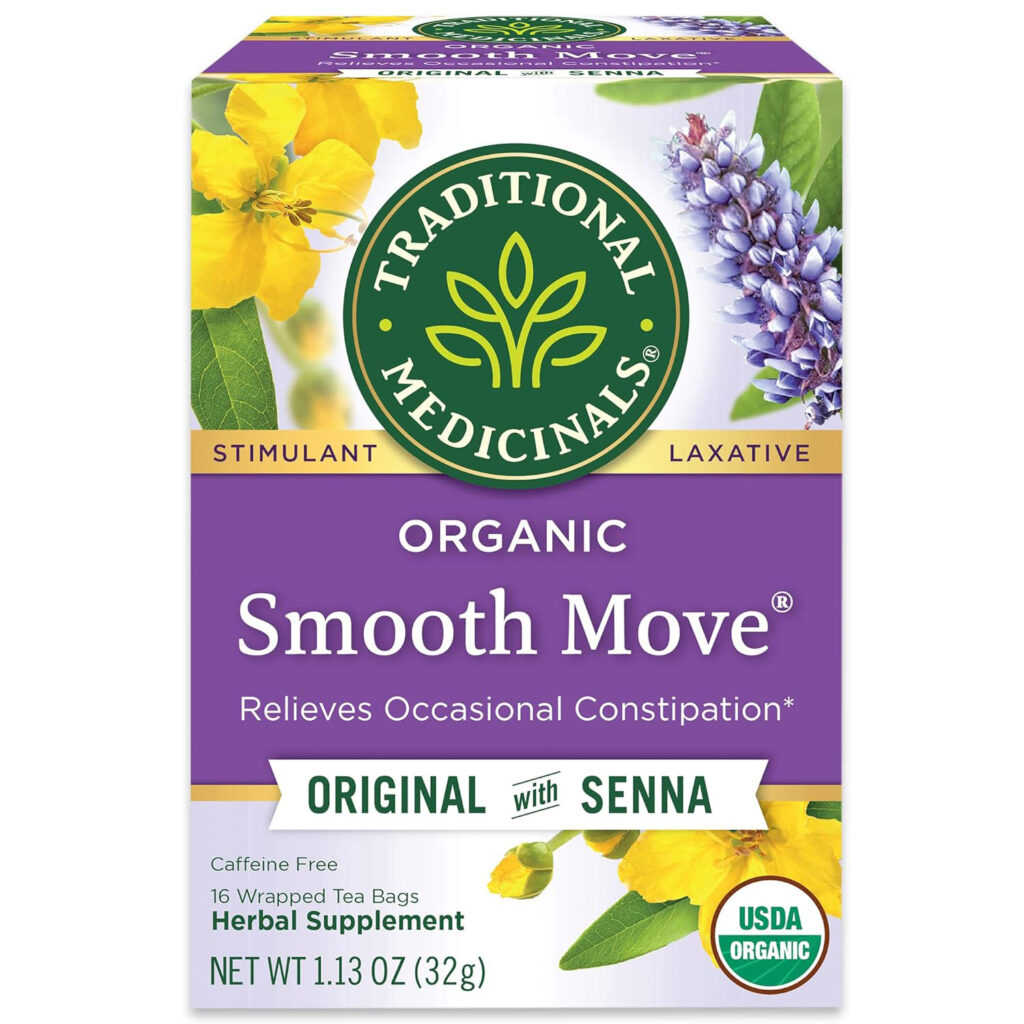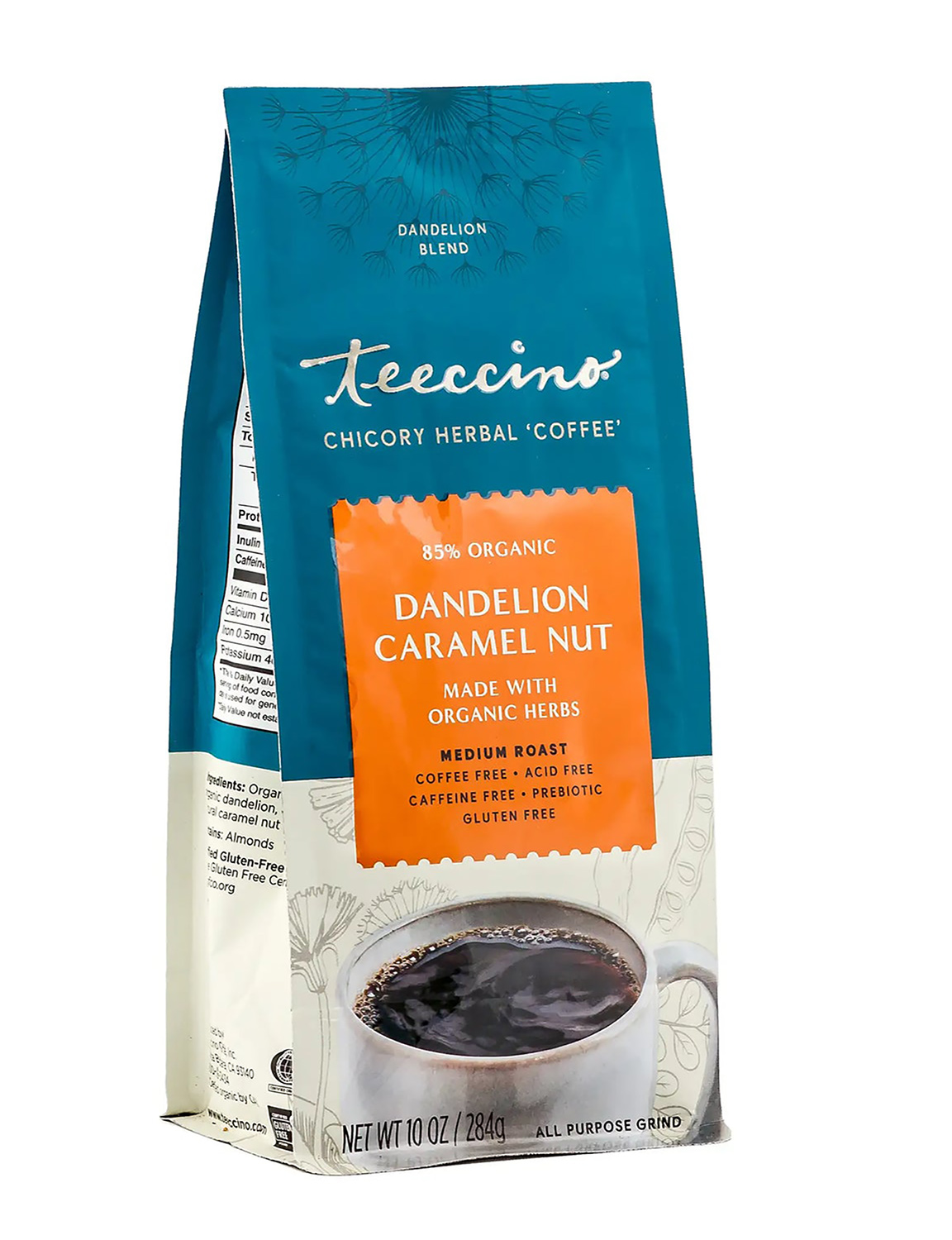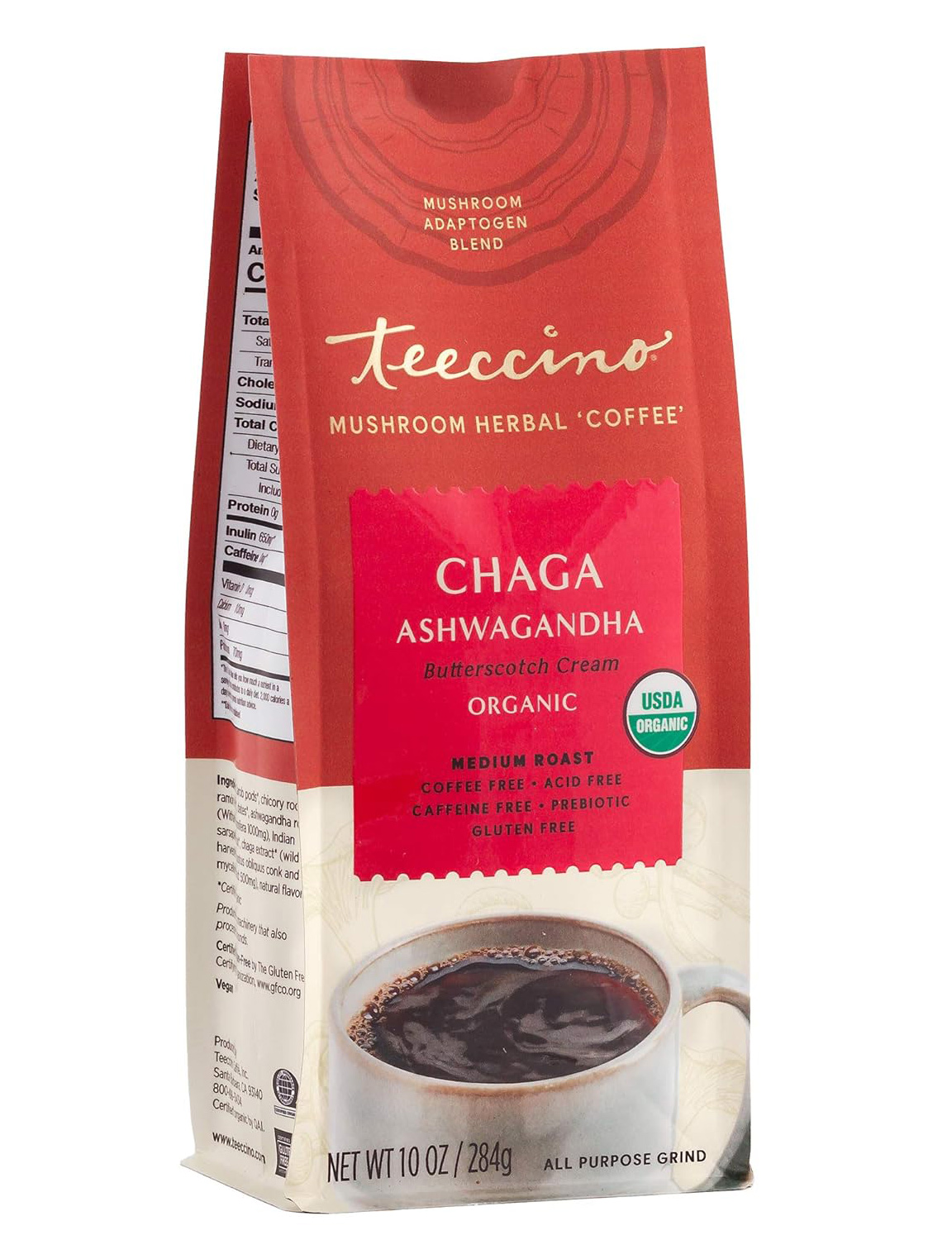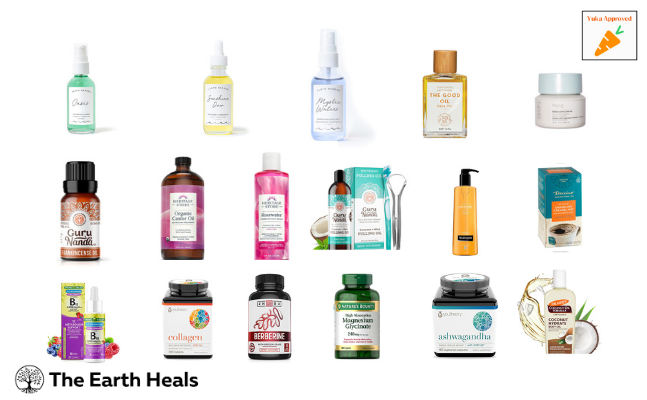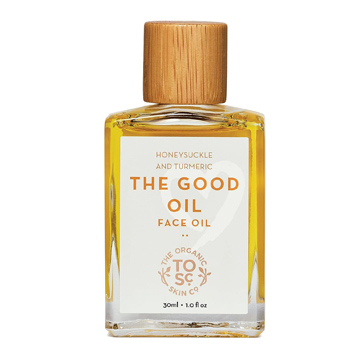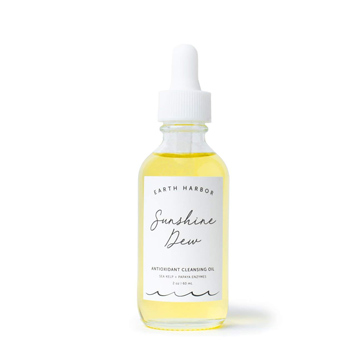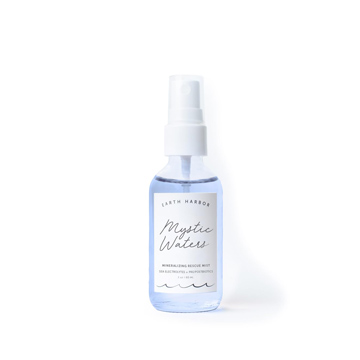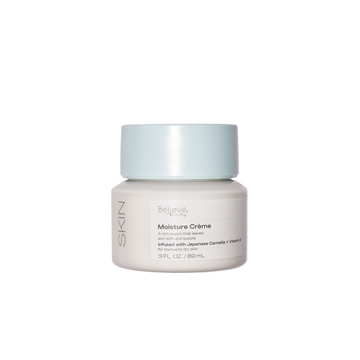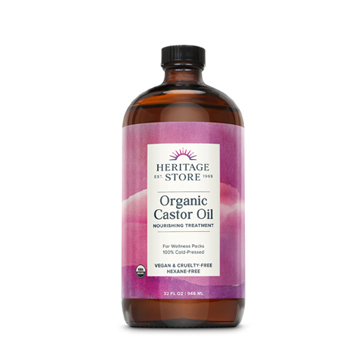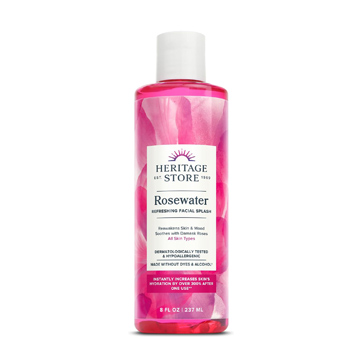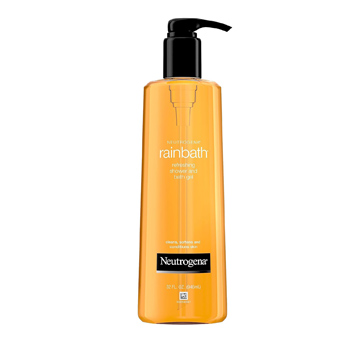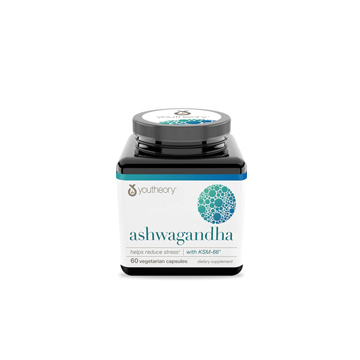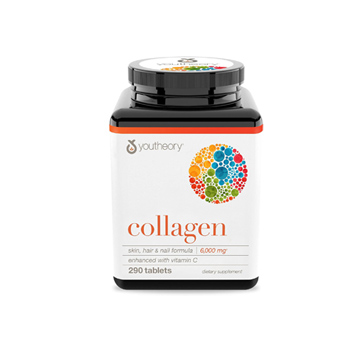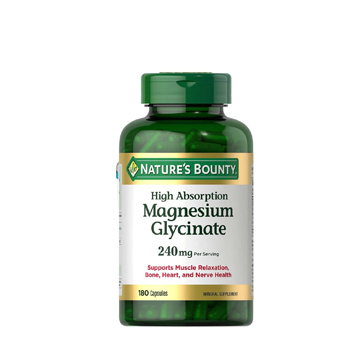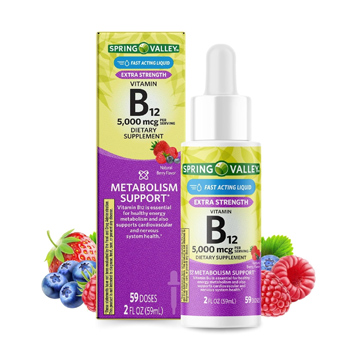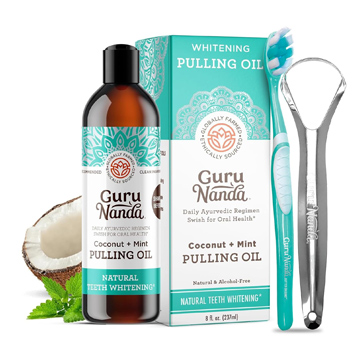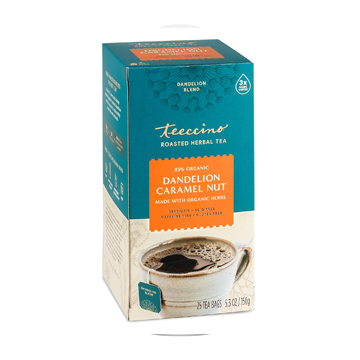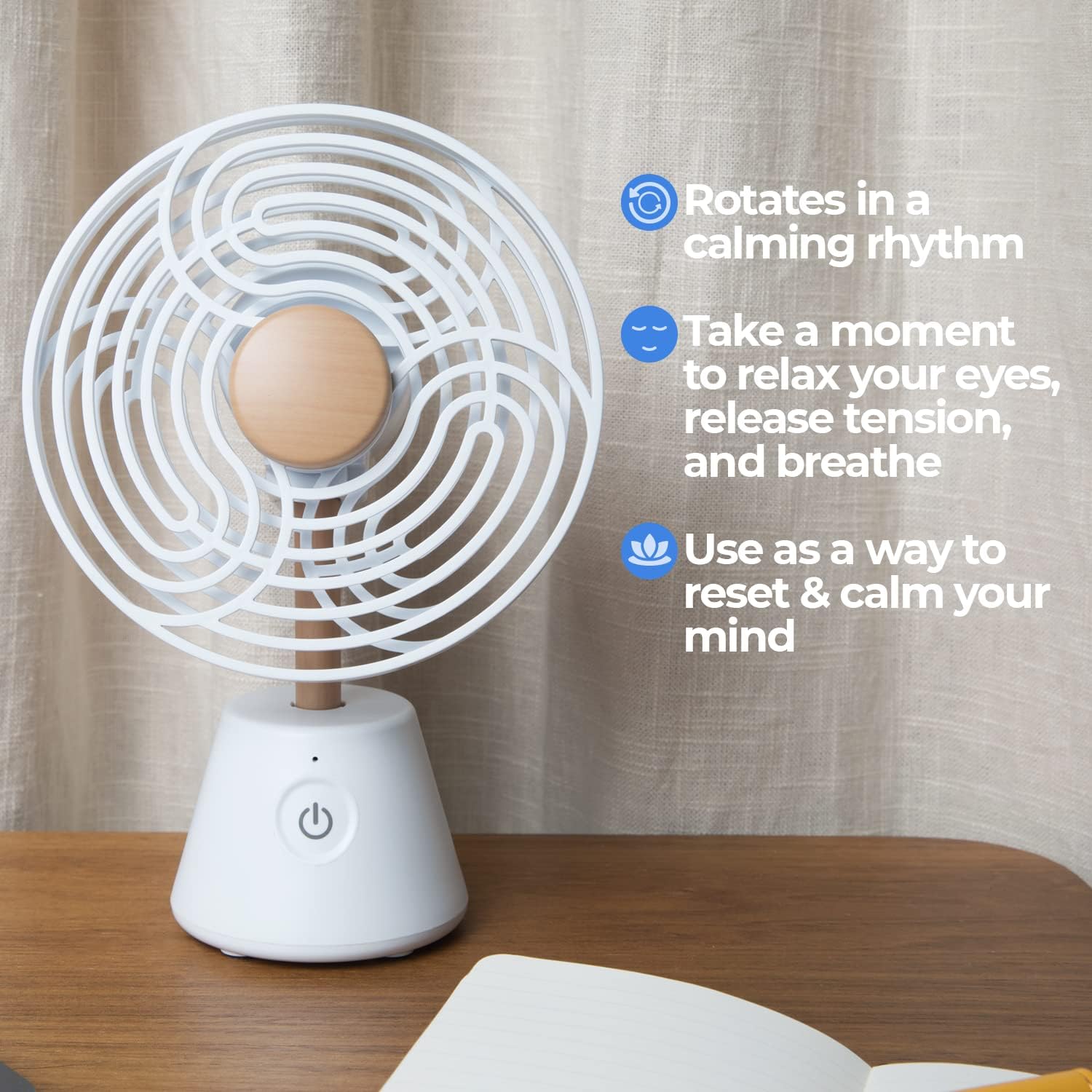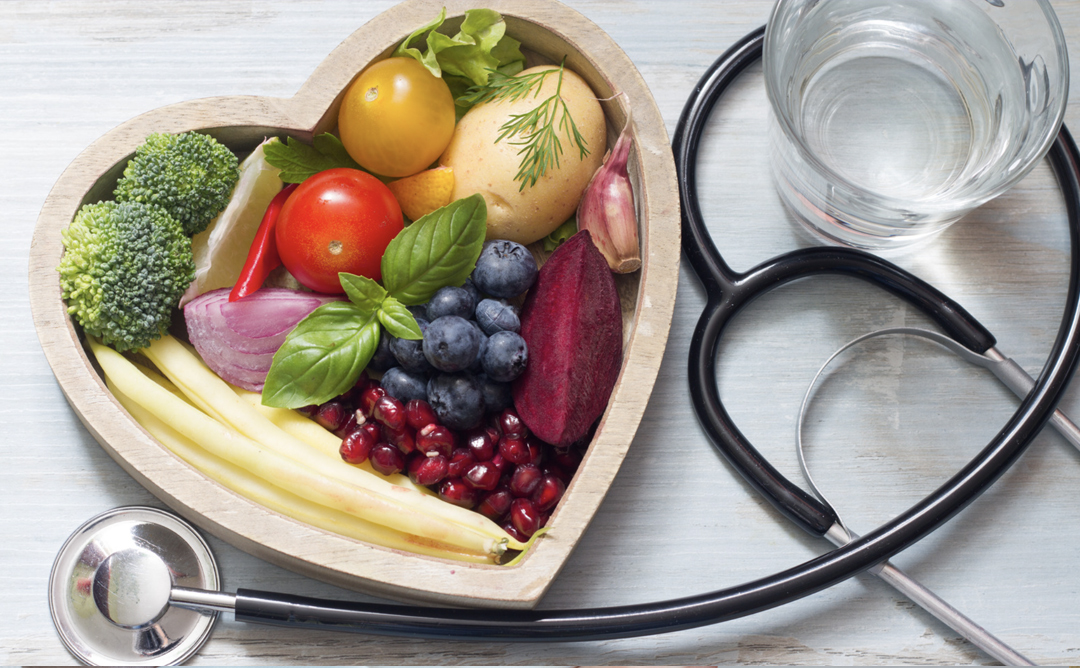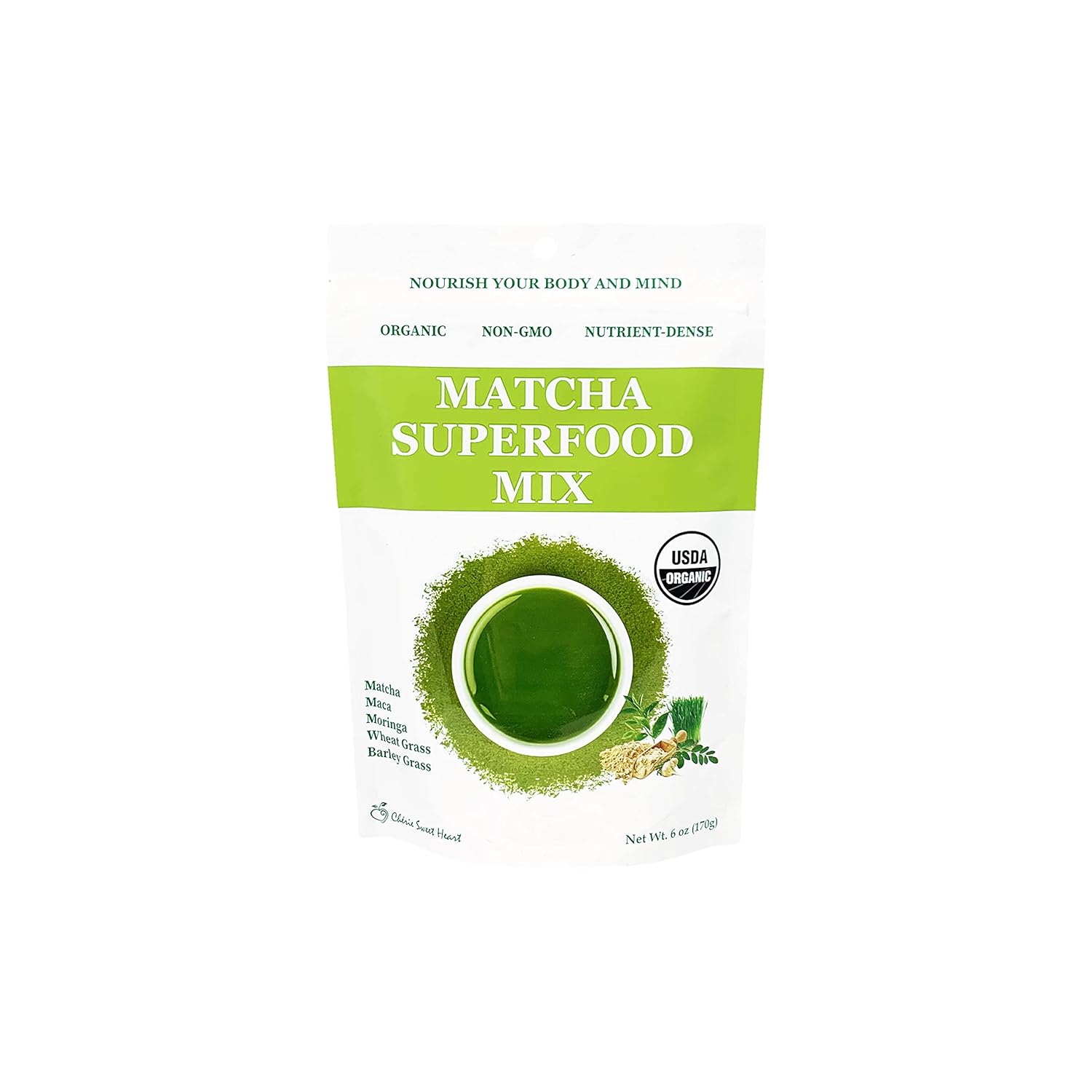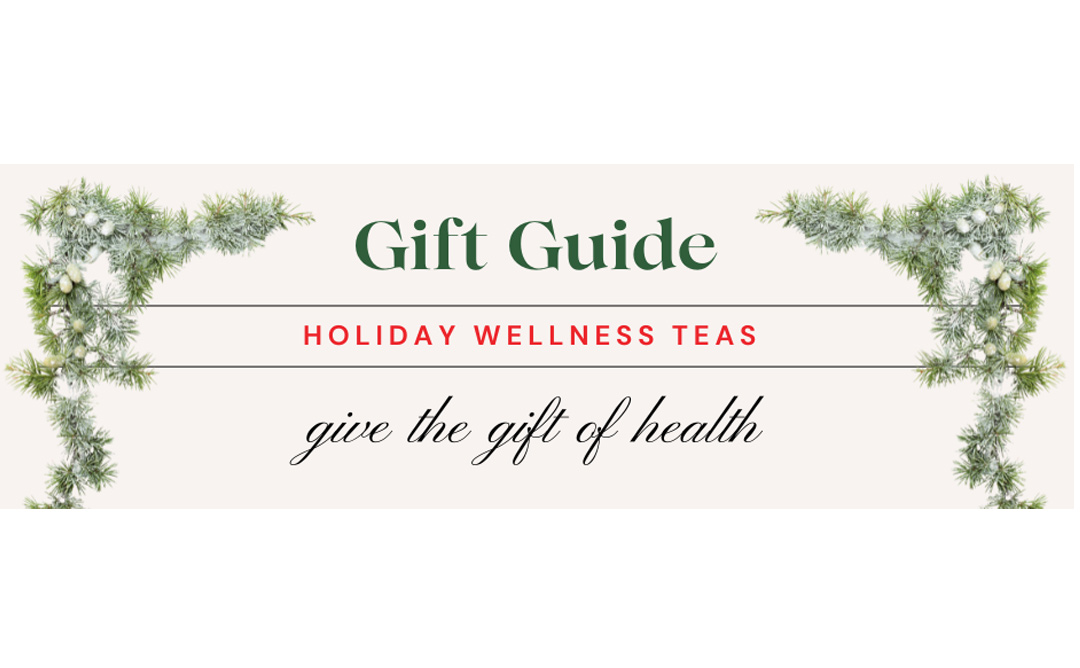
Tea Lovers Holiday Wellness Guide

Tea Lovers Holiday Wellness Guide
This season, give the gift of health and comfort with my handpicked teas and coffee alternatives that nurture both body and soul. Tea isn’t just a beverage—it’s a ritual of self-care. Perfect for cozy nights, wellness boosts, or simply a mindful moment, these teas are gifts that keep on giving.
Here are two of my favorite wellness companies!
Traditional Medicinals is the largest medicinal tea company in the U.S.
I have so many favorite teas from this brand! Every single one of them is delicious. The ones I have picked are staples that I buy on repeat. I think they will become yours too!
? Highlights from this company:
? Cup of Calm: Organic passionflower herb, Organic chamomile flower, Organic lavender flower, Organic catnip herb, Organic rosemary leaf, Organic peppermint leaf, Organic spearmint leaf, Organic licorice root, Organic stevia leaf.
Softly floral with hints of lavender and mint. I use this if I’m feeling anxious and need to calm down!
? Nighty Night Extra: Organic valerian root, organic passionflower herb, organic lemon balm leaf, organic peppermint leaf, organic caraway fruit, organic licorice root.
Earthy, minty and satisfyingly herbal. This tea ALWAYS works for me. I am usually yawning within 20 minutes.
? Smooth Move: Organic senna leaf, Organic licorice root, Organic fennel fruit, Organic orange peel, Organic cinnamon bark, Organic coriander fruit, Organic ginger rhizome, Organic orange peel oil on gum arabic
Sweet and aromatic with spiced orange notes. This tea is a game changer. I ALWAYS take this with me while traveling. This works overnight. I must have if you have issues while traveling or being regular in general.
?Everyday Detox: (Dandelion) –
Organic dandelion herb with root, Organic fennel fruit, Organic peppermint leaf, Organic licorice root
Slightly sweet with notes of peppermint. This just makes me feel like I am doing something healthy for myself. I have fatty liver and this is helpful to my liver.
?Raspberry Leaf:
Organic raspberry leaf
Robust yet delicate, like a mildly tannic black tea. I started taking this before menopause to help with my cramping. It works very, very well. You need to take this 2 days before your cycle begins. My daughter relies on this tea. It is also good for immune systems and it really tastes so great.
Teechino – is the #1 brand of coffee alternatives and roasted herbal teas with over 35 organic and gluten-free flavors.
? Highlights from this company:
Dandelion Caramel Nut Chicory Herbal Coffee –
Antioxidants from carob, dandelion roots, dates, figs and almonds
Contains heart-healthy potassium and soluble fiber
Prebiotic – inulin from chicory and dandelion roots feed your probiotics, the beneficial microflora that improve digestive health, regularity and supports your immune system. Inulin extracts naturally into your cup from chicory roots during brewing.
Creamy caramel gone nutty by golden roasted almonds with the essence of pecans and hazelnuts layered over roasted dandelion and chicory roots, enhanced by the sweetness of dates and figs.
I love this prepared like coffee, with steamed milk and sweetener
Chaga Ashwagandha Butterscotch Cream Mushroom Herbal Coffee –
Carob pods*, chicory root*, ramón seed*, ashwagandha root* (Withania somnifera 600mg), dates*, Indian sarsaparilla root*, chaga extract* (wild harvested Inonotus obliquus conk and mycelium blend: 300mg) organic butterscotch flavor.
Blended with prebiotic chicory and deep roasted ramón seeds, experience bold, rich flavor with adaptogens fortifying your defenses!
I love this prepared like coffee, with steamed milk and sweetener
Disclaimer: We are an affiliate of many companies, which means that we may receive a commission if you click on our affiliate link and make a purchase. However, this does not affect our reviews and comparisons. We strive to provide honest opinions and recommendations based on our own experiences and research. Any product claim, statistic, quote, or other representation about a product or service should be verified with the manufacturer, provider, or party in question.

At The Earth Heals, we believe in the body’s innate ability to heal itself. Our mission is to provide reliable information on natural remedies, holistic therapies, and healthy living to support your journey to a balanced, vibrant life.
ALWAYS CHECK WITH YOUR HEALTH CARE PRACTITIONER. WE KNOW THERE IS A TIME AND PLACE FOR
TRADITIONAL MEDICINE AND WE DO NOT DISPUTE THAT. WE ARE ONLY OFFERING NATURAL SOLUTIONS WHERE AVAILABLE.
©2024 The Earth Heals | site design by lionsky.com

